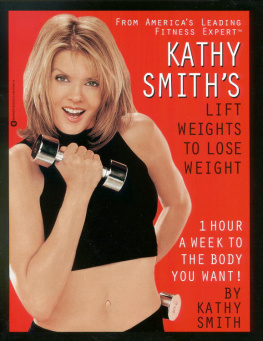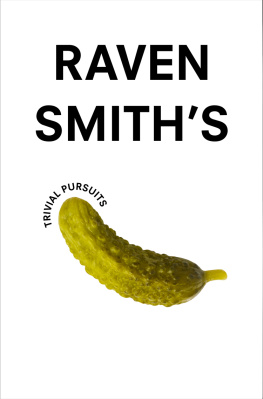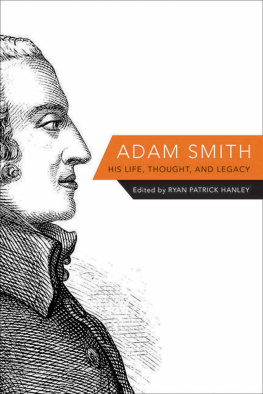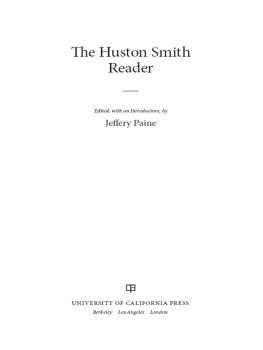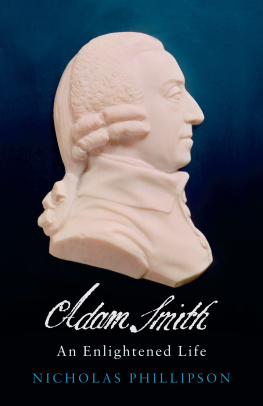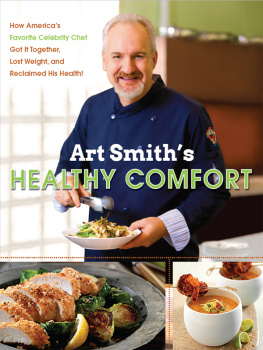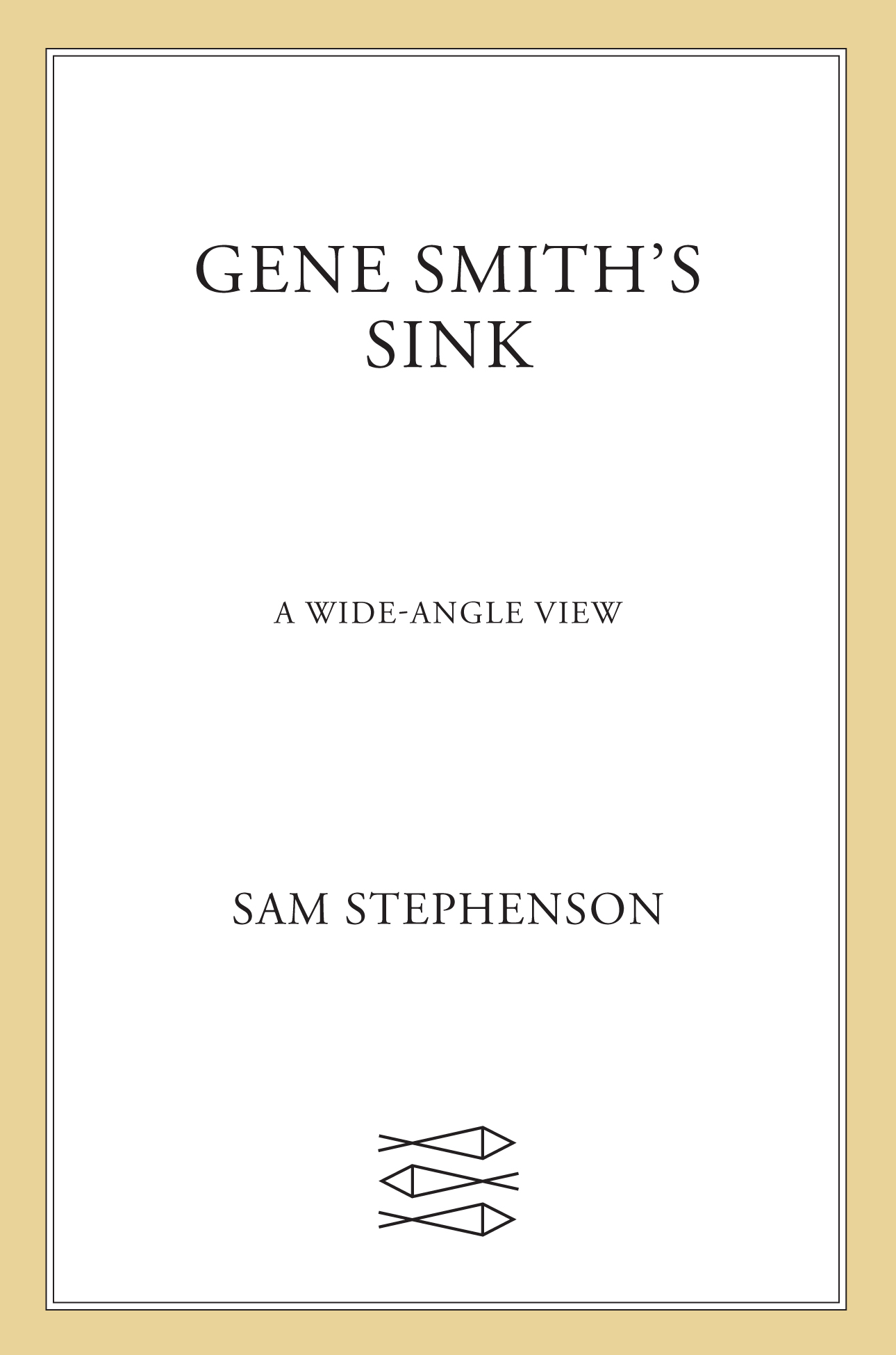Contents
Guide
Pagebreaks of the print version
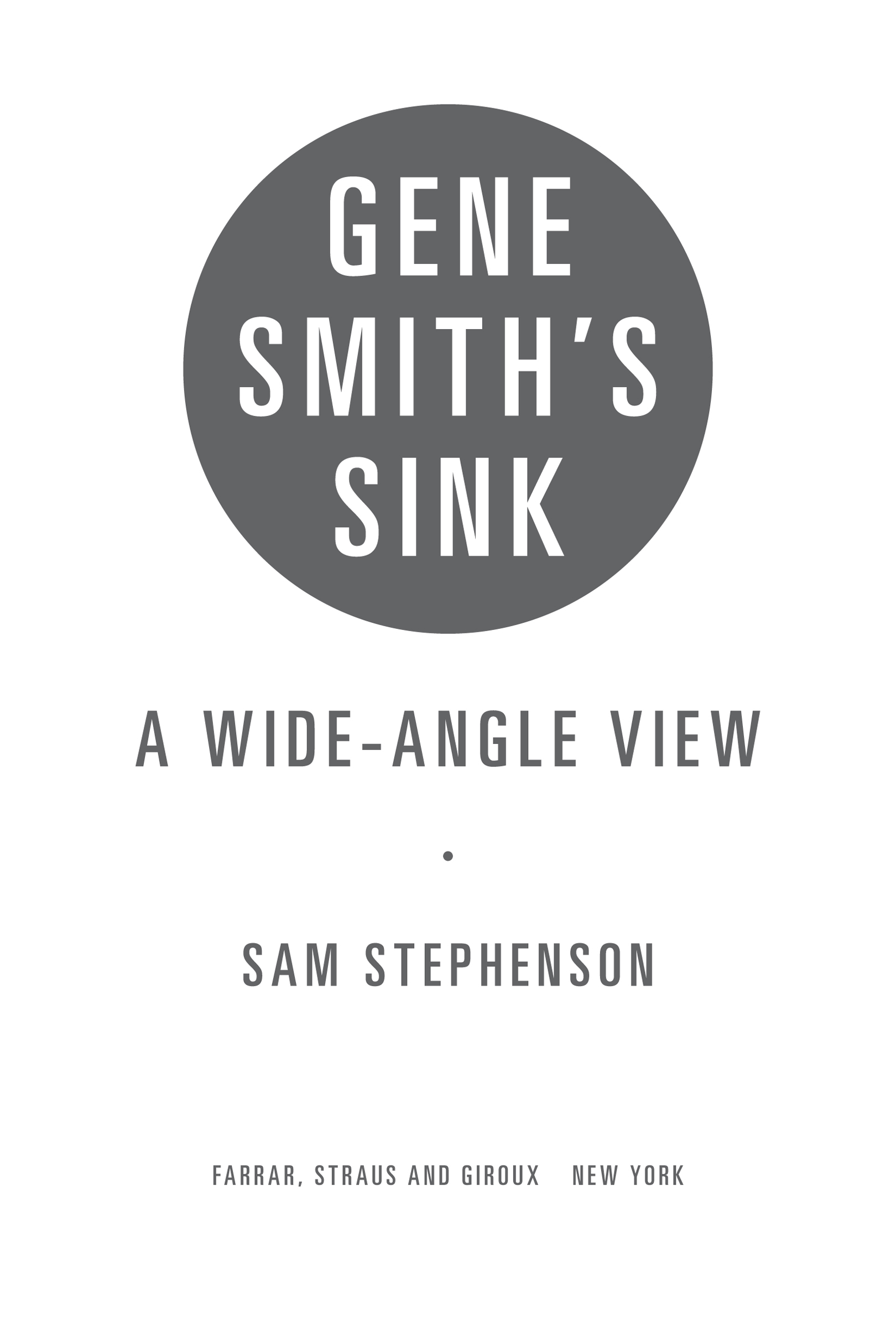
The author and publisher have provided this e-book to you for your personal use only. You may not make this e-book publicly available in any way. Copyright infringement is against the law. If you believe the copy of this e-book you are reading infringes on the authors copyright, please notify the publisher at: us.macmillanusa.com/piracy.
To Allan Gurganus
Tell all the truth but tell it slant
Success in Circuit lies
Emily Dickinson
I was once present at a lecture that Eugene Smith gave to some students at a school of photography. At the end, they protested because he had made no mention of photography, but had spoken the whole time about music. He calmed them by saying that what was valid for one was valid for another.
Henri Cartier-Bresson
We might have been educated to be extremely selective in terms of our attention. For example, Marion Milner talks about wide-angled attention. She says, If you want to paint an object look at everything around the object but not at the object itself. So there wouldnt be over-focus, over-concentration. Thered be the possibility, say, of being surprised.
Adam Phillips
In 1977, on the sidewalk outside his loft on Twenty-third Street in Manhattan, the fifty-eight-year-old W. Eugene Smith watched from a wheelchair as some two dozen volunteersmostly young photography students paying homageloaded his lifes work into two shipping trucks. Twenty-two tons of materials were packed and driven across the country to a new photography archive called the Center for Creative Photography at the University of Arizona. When the shipment arrived in Tucson, it filled a high school gymnasium and spilled into outlying rooms. The piles were waist-high from wall to wall with aisles cleared for walking space. Most of the boxes were unmarked and everything was covered in New York City loft grit that had accumulated for decades.
Included in the shipment were three thousand matted and unmatted master prints; hundreds of thousands of meticulous 5 x 7 work prints; hundreds of thousands of negatives and contact sheets. There were hundreds of pocket spiral notebooks and thousands of 3 x 5 note cards with scribbled notes; maps and diagrams from all over the world; and hundreds of boxes of clipped magazine and newspaper articles. Smith wrote hundreds of fifteen-page single-spaced letters to family, friends, and people he barely knew, and he mimeographed copies before mailing them. There were dozens of cameras, various pieces of darkroom equipment, trash cans and boxes full of loose lens caps, rubber bands, and paper clips. Smith also had 25,000 vinyl records and 3,750 books.
The shipment also included 1,740 dusty reels of tape containing, we now know, around 4,500 hours of audio recordings Smith madesurreptitiously, for the most partin his previous loft, on Sixth Avenue and Twenty-eighth Street, in the wholesale flower district, between 1957 and 1965. This loft building was a legendary after-hours haunt of jazz musicians such as Thelonious Monk, Zoot Sims, Roland Kirk, Paul Bley, Roy Haynes, Chick Corea, Lee Konitz, and Alice Coltrane, as well as classical musicians such as Steve Reich. Also dropping by the nocturnal scene were the likes of Doris Duke, Norman Mailer, Anas Nin, Diane Arbus, Robert Frank, Henri Cartier-Bresson, and Salvador Dal. But for each famous person there were dozens of obscure musicians, pimps, prostitutes, drug addicts and dealers, dropouts, hustlers and thieves, beat cops and building inspectors, photography students, frame makers, fire extinguisher technicians, and countless other figures.
The tapes contain absurd oddities such as eight continuous hours of random loft sounds in 1964Smith puttering around doing not much of anything, making paranoid phone calls, street noise floating through the windows, the constant trickle of water from his darkroom sink.
Smith recorded myriad sounds from TV and radio, too: James Baldwin, MLK, and Malcolm X on a panel; MLK giving speeches in Birmingham; JFKs election and assassination; Walter Cronkite reading Cold War news; the Cuban Missile Crisis; the 1960 World Series between the Yankees and the Pirates; Cassius Clays first fight versus Sonny Liston; Dorothy Parker reading her work; Leontyne Price singing Verdis Requiem; late-night Long John Nebel talk shows with callers talking about UFOs and alien abductions; Ed Sullivan; Mr. Magoo; Becketts Waiting for Godot and Krapps Last Tape ; and Jason Robards reading Fitzgeralds The Crack-Up; among many others.
In Tucson, when this shipment arrived, the ill, damaged Smith rolled around the gymnasium in a wheelchair, complaining that things were missing, and expressing suspicion toward the university officials who were trying to make sense of the chaos.
In pictures from this time, Smith looks like a man three decades older. The lectures he gave as part of the universitys acquisition of his archive were recorded, and on these tapes one can hear him dying. He mumbles, slurs words, and struggles to breathe. But hes still making wisecracks. I never make jokes at the beginning of my lectures (pause, deep breath) because I usually manage to get plenty of laughs without trying (laughter in the room).
A doctors report from two years earlier indicated that Smith had diabetes, cirrhosis of the liver, severe hypertension with an enlarged heart, and chronic lower leg and dermatitis problems due to bad blood circulation. The doctor wrote NO ALCOHOL on the report and underlined it. When Smith gave his lectures in Tucson, students noticed that he sipped glasses of vodka or scotch and ice.
In addition to alcohol, Smith was addicted to amphetamines and prescription and over-the-counter pills, for most of his adult life. The pills fueled marathon sessions in the darkroom; three, four, five days in a row without sleeping. There is evidence he used something injected through a needle (probably a more potent amphetamine) during his loft years.
Less than a year after Smith and his archive arrived in Tucson, he was at a convenience store buying food for his cats when he collapsed. A rescue squad took him to the hospital.
His next-door neighbors in Tucson fed his cats while he was hospitalized, and the condition of his house was so awful they were compelled to photograph it. The pictures are grossstomach-turning, some of the worst living conditions Ive ever seenand sad. Mounds of moldy dishes, filthy clothes and linens, garbage everywhere, and cats doing the best they can. The pictures of this house make Smiths legendarily messy, funky New York loft look livable.
Smith died a few days later. His death certificate read stroke but, as was said of the immortal jazzman Charlie Parker, Smith died of everything. He was flat worn out. Hed given up. He left eighteen dollars in the bank, and forty-four thousand pounds of materials.
* * *
After twenty years of researchtwenty-four cross-country visits to Smiths archive, and more than five hundred interviews in twenty-six states and JapanI finish writing this book in Durham, North Carolina, standing at my bar-high desk made from Gene Smiths eight-foot stainless-steel darkroom sink, the same sink he installed in his Sixth Avenue loft in the late 1950s. Behind my desk sits his custom-made heart-of-pine light board that he used to inspect negatives.
Smiths son Patrick, the toddler holding hands with his little sister, Juanita, in the iconic 1946 photograph The Walk to Paradise Garden , sold his fathers equipment to me in 2006 when he and his wife, Phyllis, were cleaning out their basement in Pleasant Valley, New York. The deal is , he told me, you have to take all of it. You cant cherry-pick the valuable things. And if I ever want it back, you have to sell it to me at the same price. A few weeks later, Pat and his son Link loaded a truck and drove the equipment down to Durham.


